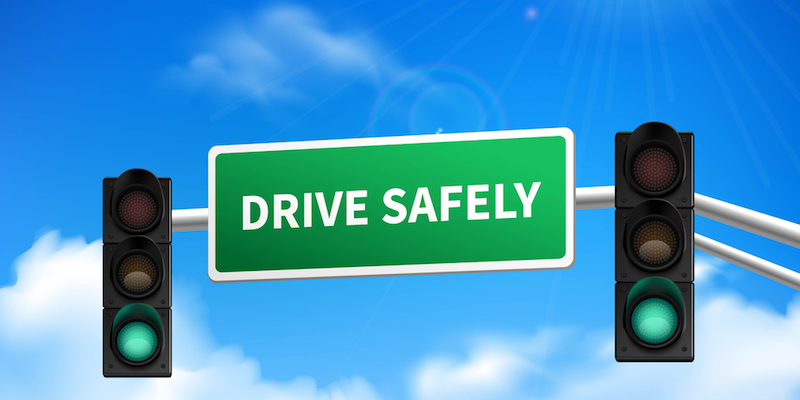5 Driving safety tips for both general motorists and truck drivers
If you consign, pack, load or receive goods as part of your business, you could be held legally liable for breaches of the Heavy Vehicle National Law (HVNL). In addition, corporate entities, directors, partners and managers are accountable for the actions of people under their control. This is the ‘chain of responsibility’ (COR).In general, the best way to to prevent accident from occurring is to improve road safety. Other than fulfilling the requirement of our industry’s accreditation program, what are things that a driver can do for safer driving? In this post, we share some tips and ideas to make sure you are driving safely while still meeting realistic goals and deadlines.
What can you do as a car driver?
Certainly you’ve experienced driving on the same road as trucks. As of 2013, there were an estimated 534,000 trucks on our roads. Many accidents are due to car drives not really knowing how to share the road with trucks. Here are some tips for general motorists:
- Avoid blindspots. This applies to both general motorists and truck drivers, if you sit the forward vehicle’s blind spot than the driver of the forward vehicle then they won’t know you are there. Quite simply, if you can’t see their mirrors, then they can’t see you.
- Don’t cut in. You’ll often see that trucks leave a bit space between them and the car in front. Because of a truck’s size and weight, they require almost twice as much room to brake as a car. If a car cuts in front, the truck might not have enough room to safely stop.
- Lights at night. Make sure you turn down your high beam before reaching a crest or curve. When coming up behind a truck, dip early because a truck’s large mirrors don’t have an anti-glare position.
- Speed. Maintain your speed when being overtaken by a truck, even better, slow down for a moment to allow the truck to pass more easily.
- Seatbelts. All drivers and passengers of any vehicle always needs to remember to use their seatbelts. No matter how short the trip or well you may know the local roads, there can always be something unforeseen, external factors that could affect your driving. Those travelling unrestrained in a car are at least 10 times more likely to be killed in a road crash than those wearing a seat belt.
What can you do as a truck driver?
- Know your vehicle’s mass. For example, keep weigh bridge dockets, use on-board scales to check your weights, and keep any loading documentation that shows the weight of your load, and ensures that your truck doesn’t exceed legal dimensions.
- Check your load is properly restrained. Even if you aren’t the person who loaded the truck, check the condition of restraining materials (such as chains, ropes, straps, etc.) for signs of wear or loose areas.
- Voicemail. If a call is unnecessary or you consider it unsafe to answer at the time, don’t take the call. Let is go to voicemail and return the call later when you’re parked safely. If it is important to take the call or return the call, make sure you’ve pulled over into a safe area such as a heavy vehicle rest area – don’t stop where your truck could be a hazard to other vehicles, pedestrians or yourself.
- Stay focused. Always keep both eyes on the road. Don’t read or send text messages or emails while driving.
- Don’t call in heavy traffic, poor road conditions or bad weather. Sometimes you must take a call but you keep your hands free by taking the call over speaker phone or over your truck’s radio. You can do so, however don’t accept or make hands-free calls if traffic, weather or road conditions could make unsafe to do so.
